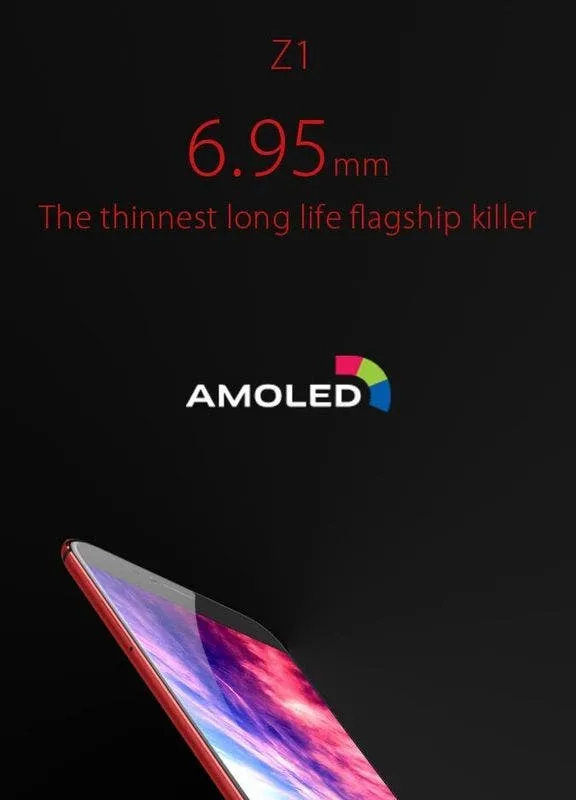Back in 2017, Apple officially unveiled the iPhone X. This smartphone marks the iPhone's 10th anniversary and it comes with a number of new concepts and technologies. This phone introduced a notch design, full screen, and facial recognition. Furthermore, this is the first Apple iPhone to come with an OLED display. After the iPhone X, high-end smartphones abandoned LCD screens and switched to OLED screens. However, three years down the line, OLED smartphones are not dominant in terms of shipments.

However, as smartphone manufacturers have generally switched to OLED screens, more OLED smartphones are entering the market. Nevertheless, the proportion of OLED smartphones in shipments is still increasing. Major manufactures such as Apple and Samsung now focus on OLED smartphones. The use of OLED screens by many manufacturers is increasing its usage. Smartphones with OLED screens are expected to account for 39.8 %, close to 40%.
However, according to reports, the current supply of OLED display driver chips is in short supply. This is also affecting the application of OLED screens in the field of smartphones. If this type of chip is sufficiently supplied, the proportion of OLED screen smartphones this year is expected to be higher.
OLED screen usage is increasing
No doubt, the application of OLED and AMOLED displays in smartphones continues to grow. According to TrendForce, devices with an AMOLED screen will account for 39.8% of the total mass of new smartphones. However, by 2022, this figure will significantly increase to 45%. This implies that almost half of the smartphones globally will come with AMOLED panels. While OLED and LCD have their advantage and disadvantage, there is a skew towards the OLED panels. This is what is increasing its applicability from year to year.
Nevertheless, the impending shortage of driver chips for this panel is a huge problem. As of now, only a few companies can produce such components. We have the likes of TSMC (Taiwan Semiconductor Manufacturing Company), Samsung Electronics, UMC, and GlobalFoundries. Trendforce said
As AMOLED panels see increased adoption, the consumption of AMOLED DDI will undergo a corresponding increase as well. However, not only are the process technologies in use for AMOLED DDI manufacturing currently in short supply; but some foundries are also yet to finalize their schedules for expanding their AMOLED DDI production capacities. Due to the lack of sufficient production capacity, the increase in AMOLED panel shipment may potentially be constrained next year.
Which do you prefer? OLED or LCD displays? Let us know your preference in the comment section below






Place comments
0 Comments
You are currently seeing only the comments you are notified about, if you want to see all comments from this post, click the button below.
Show all comments